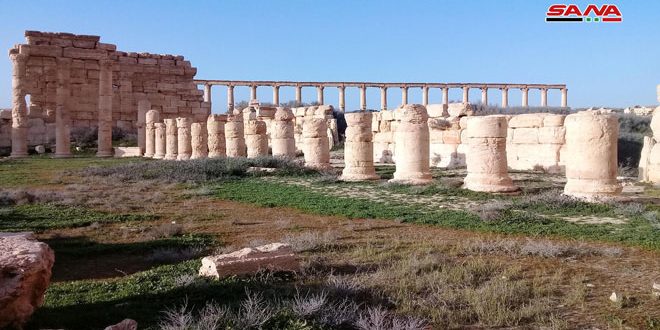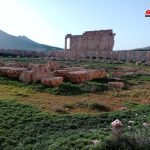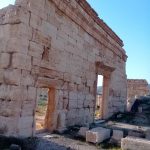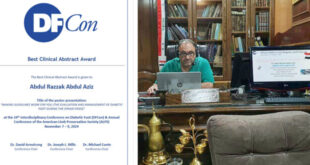Damascus, SANA- Agora site at the center of Palmyra archeological city, used to be in ancient times the icon of the city’s flourishment and its civilization.
Agora site has deserved the title which was given to it as the oldest free zone for world trade in all sense of the word.
The site consists of a square in which convoys used to gather to exchange goods between merchants who came from different areas in the east and the west.
The city used to collect taxes from merchants to allow them to display their goods at the square according to what was known as customs tariff which was inscribed on a stone unearthed at Agora site.
The inscriptions on the unearthed stone define all types of taxes which used to be collected in Palmyra city they were put at the treasury of the city.
Secretary of Palmyra Museum Dr. Khalil al-Hariri told SANA reporter that the commercial goods which used to arrive in Agora Square in Palmyra were put in special stores near Agora site, and later they were distributed among commercial shops based on the need of each merchant to certain types of commodities.
Shops were built on both sides of the main road in vicinity of the amphitheater and they used to sell different types of products such as fragrances, spices, salt, incense, leather and others.
The vitality of the city, according to al-Hariri, was embodied through the majesty of the public gatherings square in Agora which was decorated with statues of nobles, merchants and leaders with captivating inscriptions on them.
Dignitaries of the city used to gather at the square to discuss the important affairs of the city when the noise of pedestrians, vendors and caravans in the near street vanishes.
Al-Hariri affirmed that there were businessmen and leaders from the locals of Palmyra City, citing the saying “If you want your trade to reach safely, deliver it to Palmyra traders,” as they were very trustworthy.
Ruaa al-Jazaeri
 Syrian Arab News Agency S A N A
Syrian Arab News Agency S A N A





